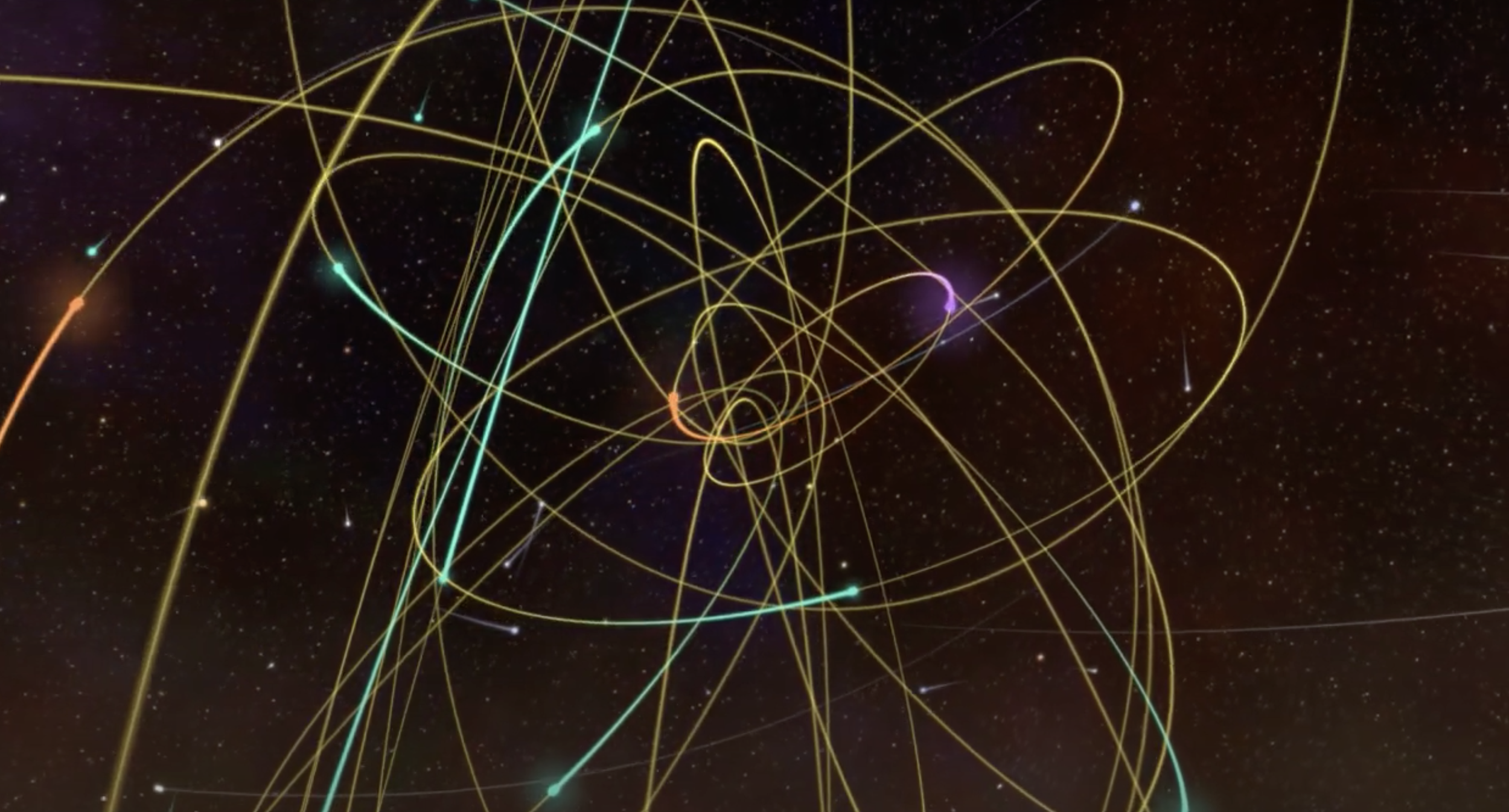SCIENCE
With ideal conditions and qualities, Maunakea is home to optical, near infrared, sub-millimeter, and radio astronomy facilities that utilize imaging, spectroscopy, and integral field (imaging combined with spectroscopy) techniques to explore space. Maunakea’s current contributions to astronomy include the study of potentially habitable ‘goldilocks' exoplanets; weather and moons of planets within our solar system; nearby and supermassive blackholes; and the history and origins of the universe.
A shield volcano in the middle of the Pacific with an altitude of 13,803 feet, Maunakea’s unique qualities make it one of the best places on earth for astronomy.
Altitude
Maunakea provides extended coverage of wavelengths impossible to capture at lower altitudes including ultraviolet and sub-millimeter.
Stability
Air flows smoothly over Maunakea’s shield volcano shape so even telescopes without adaptive optics produce significant science.
Weather
Maunakea’s inversion layer generally keeps the summit clear and dry, which is critical to viewing and instrument maintenance.
Light Pollution
Maunakea’s remote location and lack of light pollution provides dark skies ideal for astronomy.
Latitude
Maunakea’s particular latitude, or distance from the equator, makes large parts of the full sky visible.
MAUNAKEA
DISCOVERIES

The first direct images of a planetary system orbiting another star were recorded on Maunakea in 2007. We are now at 5500 confirmed exoplanets and counting, with a large fraction of those confirmations still coming from Maunakea.
Extrasolar Planets

DARK ENERGY AND COSMIC ACCELERATION
While studying Type Ia supernovae, astronomers revealed that the Universe’s rate of expansion is accelerating. The repulsive force responsible for this acceleration is more commonly known as ‘dark energy.’ This discovery earned the 2011 Nobel Prize for Physics.

By measuring the motions of stars at the heart of our Milky Way galaxy, researchers revealed a black hole that is 4.1 million times the mass of our Sun.
Supermassive Black Hole in the Milky Way

From the clouds of Neptune to the atmostphere of Venus to the weather on Jupiter, Maunakea Observatories is yielding fresh discoveries about our corner of the galaxy.
OUR SOLAR SYSTEM

Maunakea Observatories, often in concert with JWST, frequently observe some of the most distant galaxies detected that date back to when the universe was only five percent of its present age of 13.8 billion years. Additionally, they observe the spaces in between these galaxies, like the ‘cosmic web.’
Most-Distant Galaxies

Telescopes on Maunakea and Haleakala are the world’s leaders in detecting and studying near-earth asteroids, including those that may put the earth at risk.
Killer Asteroids
More Maunakea Discoveries
Learn more about the science happening on Maunakea by visiting the news and science pages of these members of our MKO hui.







